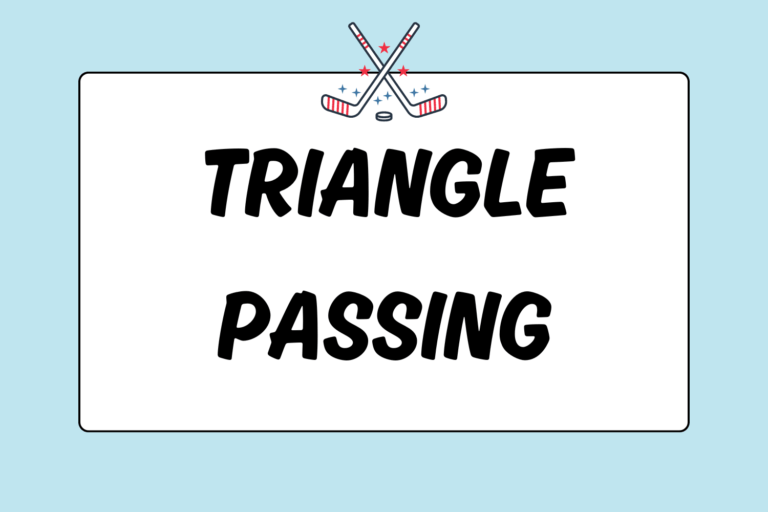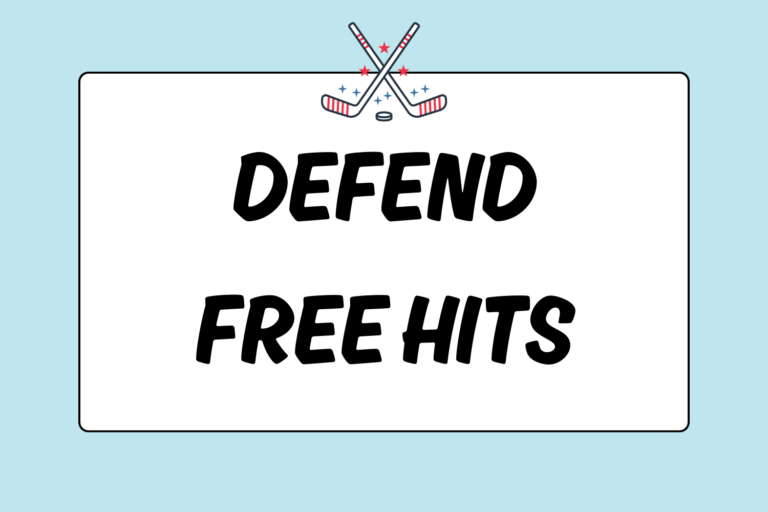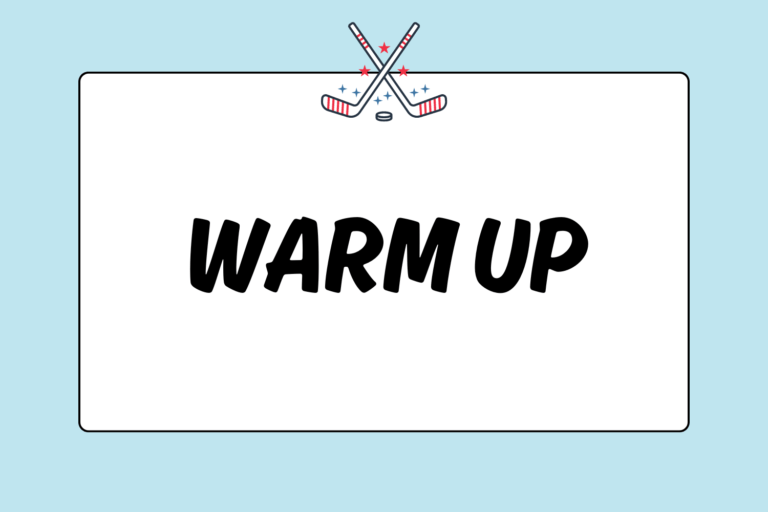Tackling the ball from behind your opponent is a tricky move to make. There are three main reasons for this. First, if you are behind your opponent, you are already out of position to defend her. Second, if you tackle from the wrong angle, you risk being injured by your opponent’s backswing or follow-through. Lastly, if you miss the ball on the tackle, it is very difficult to recover your defensive positioning.
If completed properly, though, making a tackle from behind can help you make important steals during the game. This field hockey guide will teach you a few of the most important tackles to be made from behind so that you can steal an opponent’s ball right under her nose.
Steal-from-behind Tackle
The steal-from-behind tackle is the most common way to tackle from behind because you keep your stick upright and simply pick the ball off your opponent’s stick, rather than diving in. Just make sure to tackle the ball and not your opponent’s stick so you don’t get a stick interference (hacking) foul called against you.
To steal the ball from behind:
- Use the reverse stick to make this tackle. Place one or two hands on the stick in the basic grip.
- Run (from behind) towards the left side of your opponent.
- Extend your arm(s) forward.
- As your opponent dribbles, place your stick in the reverse grip in front of the ball. With the stick upright, tackle the ball. Angle the stick so that the flat side faces you to cushion the ball as your trap it, and then pull it back towards your opponent’s feet or to your strong side to gain possession.
- If the ball hits her feet, a foul will be called and you will take the free hit. If you pull the ball to your strong side, dribble and continue forward.
One-Handed: Strong Stick
For this tackle, you’re going to approach the right side of your opponent. Most hits are completed off of the strong side (right side), so never attempt a tackle directly behind your opponent — always come in at a slight angle. Otherwise, you’re more likely to be injured by your opponent’s backswing.
To complete a strong stick tackle from behind:
- Use a one-handed grip on the stick. Use your right hand for more control over the stop, and use your left hand for a further reach. The following steps work with either hand.
- Approach the opponent from behind her right-hand side as you channel her to the sideline. Then, quickly take one large step to your right and then right back towards her so that you approach her at an angle.
- Place the back edge of the stick on the ground perpendicular to the ball. The flat side should face the ball and the shaft should be angled forward. Quickly slide your stick in front of your opponent’s stick. Protect your face by leaning away from your opponent.
- Keep the stick on the ground and capture the ball on the shaft of the stick. Let your opponent run past the ball, and then dribble in the opposite direction.
- Scan for passes.
Complete this tackle at the last possible moment. In general, there are three times to make the tackle: Right before your opponent attempts to make a pass; when she lifts her stick to take a shot; or when she looks up to scan for passing options.
One-Handed: Reverse Stick
The reverse stick tackle made from behind is completed off the left side (weak side) of your opponent. This move is less dangerous than the strong stick tackle because your opponent is less likely to complete a reverse stick hit with you behind her. However, you still need to take precautions to protect yourself. This move should also be completed at the last possible moment.
To complete this tackle:
- Use a one-handed grip on the reverse stick.
- Approach the opponent from behind the left side of her body as you channel her towards the sideline. Then, quickly step to your left before bringing your stick and body back towards her at a right angle.
- Place the toe edge of the stick on the ground perpendicular to the ball. The flat side should be facing the ball and the shaft should be angled forward. Quickly slide the stick towards your opponent’s stick (keeping your stick perpendicular to her stick).
- As your tackle, tuck your head behind your opponent’s body to reduce any chances of a head injury.
- Keep the stick on the ground and capture the ball on the shaft of the stick. Let your opponent run past the ball. Then, use the reverse stick to pull the ball to your right and control it with your strong stick. Continue dribbling in the opposite direction.
- Scan for passes.
Sneak Attack
These steals are meant to be quick and accurate. Your opponent should not be aware of your plan and should be caught off guard as the ball is stolen. Use these types of tackles if you have a teammate ready to mark your opponent if you miss the tackle, or if your opponent is on a breakaway.
For both types of tackles outlined in this guide, you need to fully commit. These tackles are complicated and there is a lot of room for error — you have to dive in to steal the ball and it is very hard to recover your position if you miss. So, practice the tackles before attempting them in a game. When you do master these tackles, you will make more important saves and be able to stop any opponent right in her tracks!





